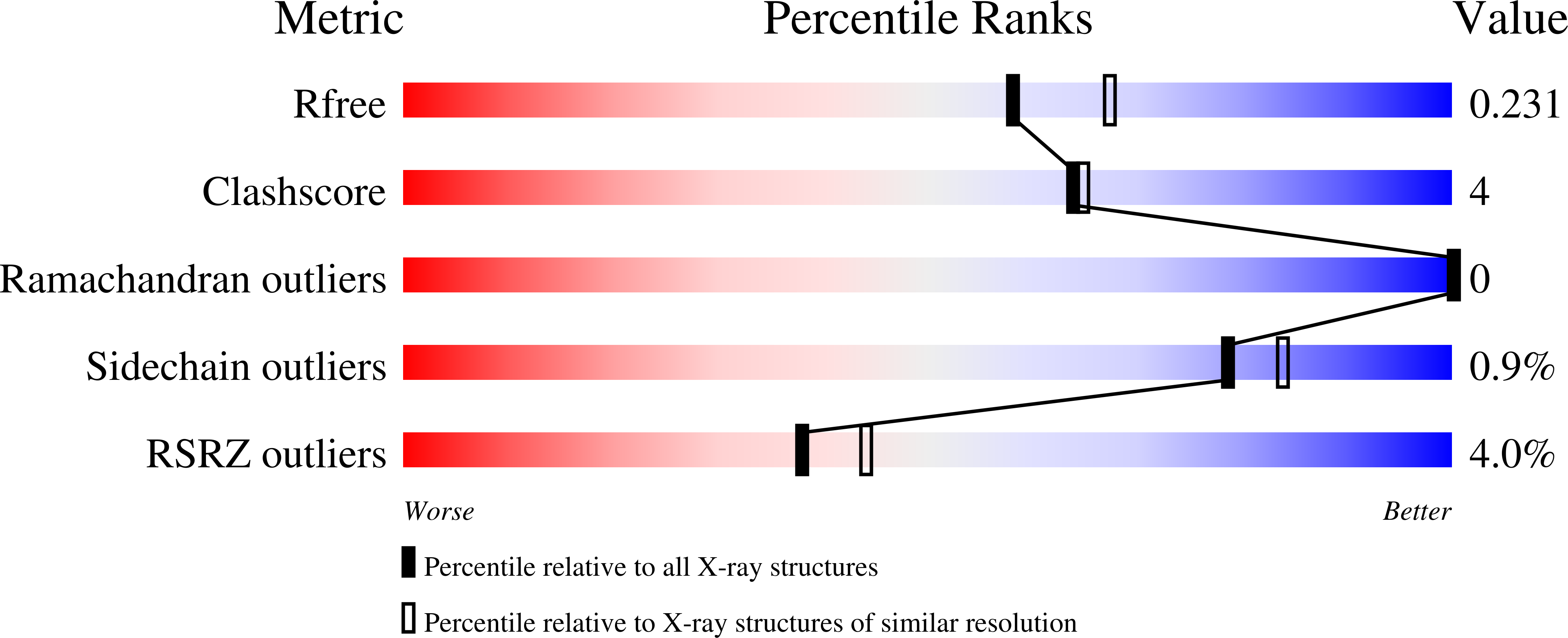
Deposition Date
2021-08-11
Release Date
2021-10-27
Last Version Date
2023-10-18
Entry Detail
Biological Source:
Source Organism:
Thermococcus kodakarensis (Taxon ID: 311400)
synthetic construct (Taxon ID: 32630)
synthetic construct (Taxon ID: 32630)
Host Organism:
Method Details:
Experimental Method:
Resolution:
2.10 Å
R-Value Free:
0.23
R-Value Work:
0.18
R-Value Observed:
0.18
Space Group:
P 2 21 21


